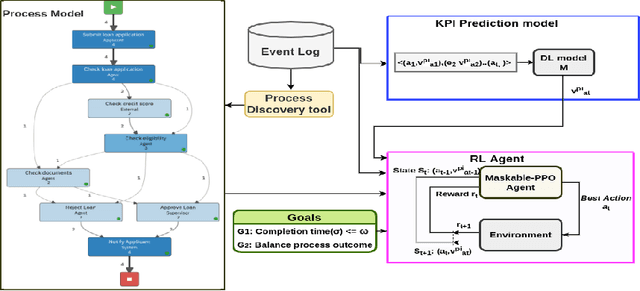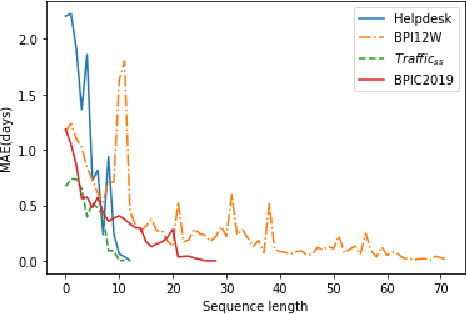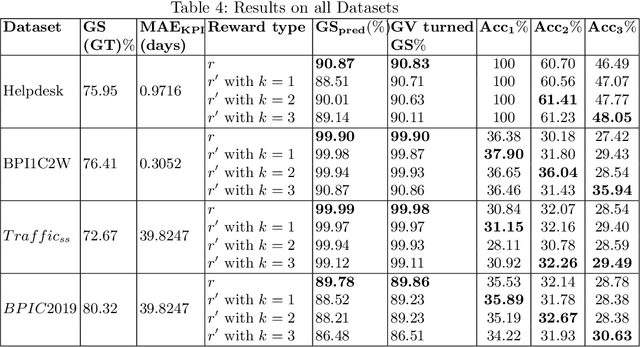Avani Gupta
Prototype Guided Backdoor Defense
Mar 26, 2025Abstract:Deep learning models are susceptible to {\em backdoor attacks} involving malicious attackers perturbing a small subset of training data with a {\em trigger} to causes misclassifications. Various triggers have been used, including semantic triggers that are easily realizable without requiring the attacker to manipulate the image. The emergence of generative AI has eased the generation of varied poisoned samples. Robustness across types of triggers is crucial to effective defense. We propose Prototype Guided Backdoor Defense (PGBD), a robust post-hoc defense that scales across different trigger types, including previously unsolved semantic triggers. PGBD exploits displacements in the geometric spaces of activations to penalize movements toward the trigger. This is done using a novel sanitization loss of a post-hoc fine-tuning step. The geometric approach scales easily to all types of attacks. PGBD achieves better performance across all settings. We also present the first defense against a new semantic attack on celebrity face images. Project page: \hyperlink{https://venkatadithya9.github.io/pgbd.github.io/}{this https URL}.
Med42 -- Evaluating Fine-Tuning Strategies for Medical LLMs: Full-Parameter vs. Parameter-Efficient Approaches
Apr 23, 2024



Abstract:This study presents a comprehensive analysis and comparison of two predominant fine-tuning methodologies - full-parameter fine-tuning and parameter-efficient tuning - within the context of medical Large Language Models (LLMs). We developed and refined a series of LLMs, based on the Llama-2 architecture, specifically designed to enhance medical knowledge retrieval, reasoning, and question-answering capabilities. Our experiments systematically evaluate the effectiveness of these tuning strategies across various well-known medical benchmarks. Notably, our medical LLM Med42 showed an accuracy level of 72% on the US Medical Licensing Examination (USMLE) datasets, setting a new standard in performance for openly available medical LLMs. Through this comparative analysis, we aim to identify the most effective and efficient method for fine-tuning LLMs in the medical domain, thereby contributing significantly to the advancement of AI-driven healthcare applications.
A survey on Concept-based Approaches For Model Improvement
Mar 23, 2024Abstract:The focus of recent research has shifted from merely improving the metrics based performance of Deep Neural Networks (DNNs) to DNNs which are more interpretable to humans. The field of eXplainable Artificial Intelligence (XAI) has observed various techniques, including saliency-based and concept-based approaches. These approaches explain the model's decisions in simple human understandable terms called Concepts. Concepts are known to be the thinking ground of humans}. Explanations in terms of concepts enable detecting spurious correlations, inherent biases, or clever-hans. With the advent of concept-based explanations, a range of concept representation methods and automatic concept discovery algorithms have been introduced. Some recent works also use concepts for model improvement in terms of interpretability and generalization. We provide a systematic review and taxonomy of various concept representations and their discovery algorithms in DNNs, specifically in vision. We also provide details on concept-based model improvement literature marking the first comprehensive survey of these methods.
Concept Distillation: Leveraging Human-Centered Explanations for Model Improvement
Nov 26, 2023



Abstract:Humans use abstract concepts for understanding instead of hard features. Recent interpretability research has focused on human-centered concept explanations of neural networks. Concept Activation Vectors (CAVs) estimate a model's sensitivity and possible biases to a given concept. In this paper, we extend CAVs from post-hoc analysis to ante-hoc training in order to reduce model bias through fine-tuning using an additional Concept Loss. Concepts were defined on the final layer of the network in the past. We generalize it to intermediate layers using class prototypes. This facilitates class learning in the last convolution layer, which is known to be most informative. We also introduce Concept Distillation to create richer concepts using a pre-trained knowledgeable model as the teacher. Our method can sensitize or desensitize a model towards concepts. We show applications of concept-sensitive training to debias several classification problems. We also use concepts to induce prior knowledge into IID, a reconstruction problem. Concept-sensitive training can improve model interpretability, reduce biases, and induce prior knowledge. Please visit https://avani17101.github.io/Concept-Distilllation/ for code and more details.
Goal-Oriented Next Best Activity Recommendation using Reinforcement Learning
May 06, 2022



Abstract:Recommending a sequence of activities for an ongoing case requires that the recommendations conform to the underlying business process and meet the performance goal of either completion time or process outcome. Existing work on next activity prediction can predict the future activity but cannot provide guarantees of the prediction being conformant or meeting the goal. Hence, we propose a goal-oriented next best activity recommendation. Our proposed framework uses a deep learning model to predict the next best activity and an estimated value of a goal given the activity. A reinforcement learning method explores the sequence of activities based on the estimates likely to meet one or more goals. We further address a real-world problem of multiple goals by introducing an additional reward function to balance the outcome of a recommended activity and satisfy the goal. We demonstrate the effectiveness of the proposed method on four real-world datasets with different characteristics. The results show that the recommendations from our proposed approach outperform in goal satisfaction and conformance compared to the existing state-of-the-art next best activity recommendation techniques.
 Add to Chrome
Add to Chrome Add to Firefox
Add to Firefox Add to Edge
Add to Edge